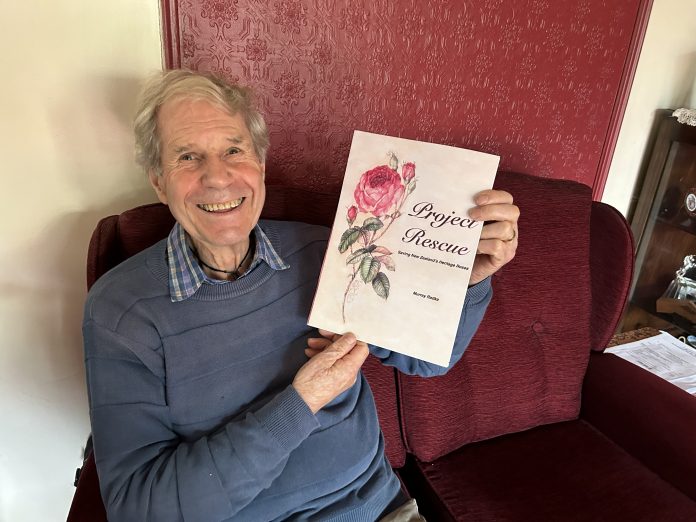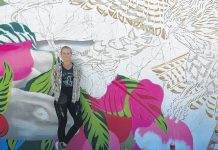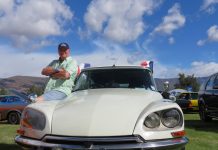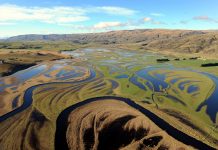
Preserving the history of New Zealand one rose at a time is an Alexandra man’s passion and has earned him international recognition.
Former Dunstan High School history and English teacher and guidance counsellor Murray Radka has been invited to present on the National Register of Heritage Roses, which he developed, at the 15th International Heritage Rose Conference, in Brussels, this month.
Mr Radka said he was the only person from the southern hemisphere to be invited.
It was his first trip to Europe.
At his property on the outskirts of Alexandra, he has established a rose museum, collecting and growing roses that had arrived with the early settlers.
‘‘We go to a lot of trouble to save the possessions of early settlers and put them in museums. But little effort is made for the plants they brought.’’
Most who sailed to New Zealand from England knew they would probably never return, he said.
Many brought cuttings of plants, which provided comfort as reminders of home. Rose cuttings were stuck into potatoes for the long voyage and then planted where the travellers settled. A rose would have cost the equivalent of a working man’s weekly wage atthe time.
Many of those roses could still be found growing where there had been gold mining and around the remains of old houses.
That showed the plants were a comfort to those who lived there and how resilient roses were to survive in Central Otago without irrigation or spraying, he said.
One treasured rose was found at Big Bay, in Westland, and another in the bush at Port Craig, a former logging settlement in Southland. Mr Radka was told of the rose growing in the bush at Port Craig and was eventually flown in by helicopter by the Department of Conservation to retrieve a cutting, which he successfully propagated.
It was the most southwesterly growing rose in the world, he said.
The benefits of heritage rose hips, the fruit or seed pods, were being researched for their potential in medical treatments, including some forms of breast cancer, Mr Radka said.
Around the world, old roses were disappearing before their benefits could be assessed.
‘‘We’re going to be one of those if we don’t protect them.’’
Bringing cuttings into New Zealand was difficult, but he had been able to import seed and grow roses from the northern hemisphere.
‘‘We’re trying to save here what is being lost in the northern hemisphere.’’
The stories around the roses had drawn a friend, who did not care for roses, into the quest to preserve them, he said.
She was researching the histories of the people who lived, or were buried, near wild roses.
Now in his mid-70s, Mr Radka was aware his work could all be for nothing if it was not continued.
He had a succession plan in place and his family was keen to preserve his efforts.
His wife Noeline was also a garden enthusiast.




